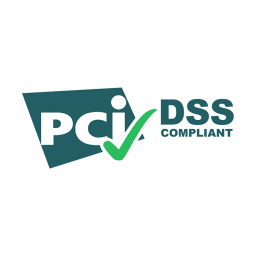PCI DSS

Summary
PCI DSS is the global data security standard adopted by payment card brands for all entities that process, store or transmit cardholder data and/or sensitive authentication data. It consists of several steps that mirror security best practices. The version used in this section is PCI DSS v4.0, March 2022.
Definitions
free trial
Search for vulnerabilities in your apps for free with Fluid Attacks' automated security testing! Start your 21-day free trial and discover the benefits of the Continuous Hacking Essential plan. If you prefer the Advanced plan, which includes the expertise of Fluid Attacks' hacking team, fill out this contact form.